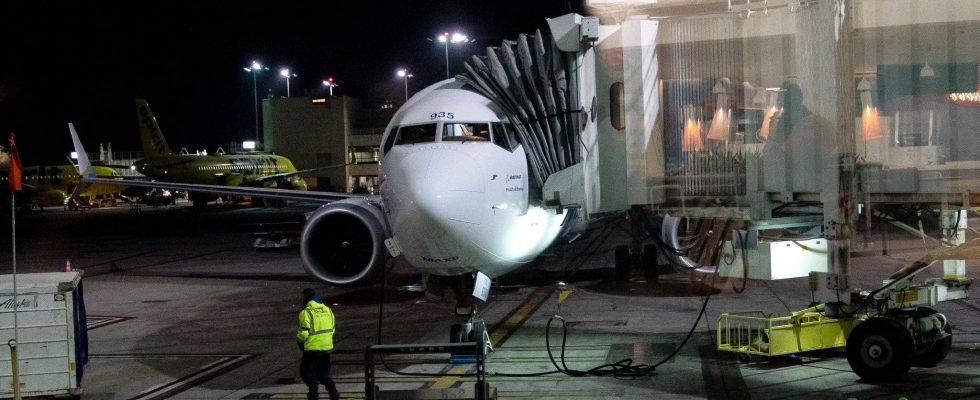The value of tomorrow is realized in partnership with Zonebourse.com
Amadeus IT was created in 1987 by Air France, Lufthansa, Iberia and SAS, who wanted to have their own global ticket distribution system (SMD, or GDS in English), while offering a neutral architecture capable of interconnecting other actors. The founders floated the company on the stock exchange in 1999. It stayed there for only six years, until it was bought out by investment funds BC Partners and Cinven. They are the ones who got it listed again in Madrid in 2011. The two funds and the four founding shareholders no longer have any titles and the company has been on its own for a long time already.
Amadeus can boast of being a great success, since it now controls around 40% of the global GDS market, ahead of the American Saber and the British Travelport. The group has gradually expanded its offer based on its initial solution for managing the relationship between airlines and travel agencies. Because it was necessary to adapt to the digital economy, since the creation of the company dates back to the pre-mass Internet era, which people under thirty cannot know. By dint of diversification and acquisitions, Amadeus IT continues to derive a substantial part of its activity from airline distribution (around 45%), but also offers cutting-edge IT services to airlines (35%) and solutions for the sector. accommodation, or more generally tourism as a whole (20%).
It goes without saying that with this type of clientele, i.e. airlines, hotel groups, maritime or rail operators, insurers or tour operators, the years 2020 and 2021 have been complicated, global pandemic obliges. Turnover was more than halved between 2019 and 2020. But the ability to rebound is strong: Amadeus IT should almost return to 2019 levels by the end of 2023 (i.e. 5.5 billion euros). euros), while generating 1 billion euros in free cash flow. This is to say the agility of the company, whose capital intensity is much less than most of the customers it addresses. The lean years will also have accelerated efforts to diversify away from pure air travel, as shown by the return to growth in the accommodation segment from the fourth quarter of 2022, ahead of the other two divisions.
Dependence on global tourism
As you will have understood, the main risk weighing on the company is its dependence on world tourism, and therefore on the cyclicality inherent in this part of the economy. Another threat comes from industry developments and new technologies that could reduce carriers’ reliance on GDS solutions. The barriers to entry remain considerable, however, and attempts at emancipation have so far failed. Still, to minimize the risks, the R&D expenses of Amadeus IT and its competitors are high. Diversification is therefore an obvious weapon for strengthening growth and reducing dependence on air transport. But there again, there is no magic formula: it is often necessary to proceed by external growth, which entails capital requirements and, generally, additional indebtedness.
Fortunately to deal with these problems, Amadeus IT generates abundant liquidity thanks to high margins. At cruising speed, its operating margin is between 25 and 30%. A level with which the group should reconnect this year. The valuation multiples are not exorbitant for a player in a position of strength, closely correlated to a tourism market which remains in constant growth, excluding the pandemic episode, thanks to the increase in the ranks of the middle class in emerging countries. Amadeus IT should even resume paying a small dividend starting this year.
